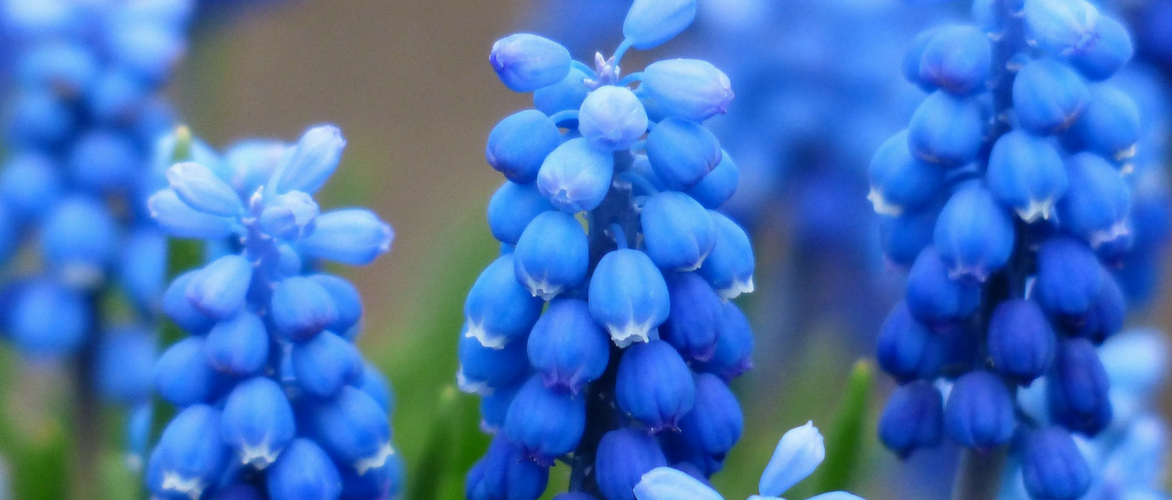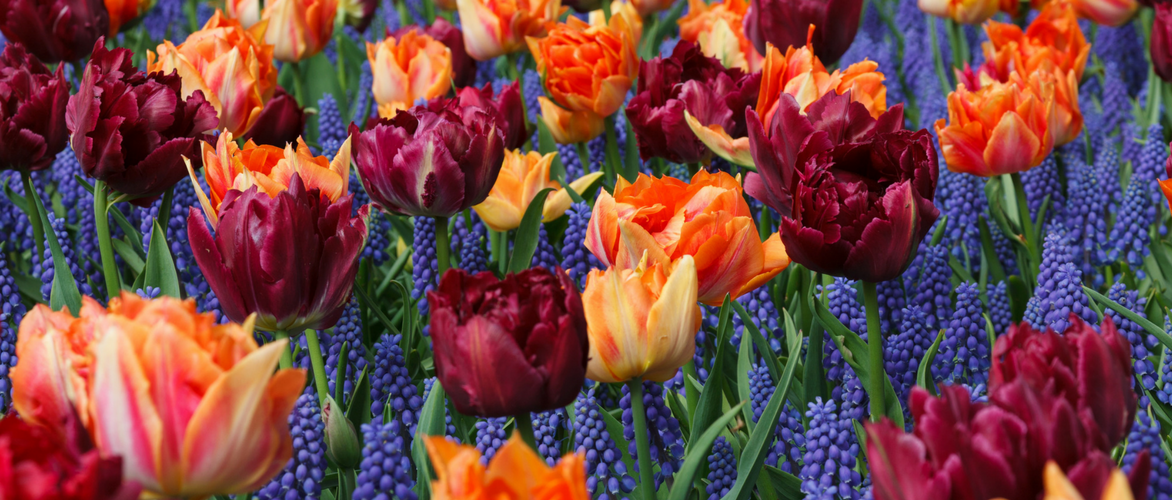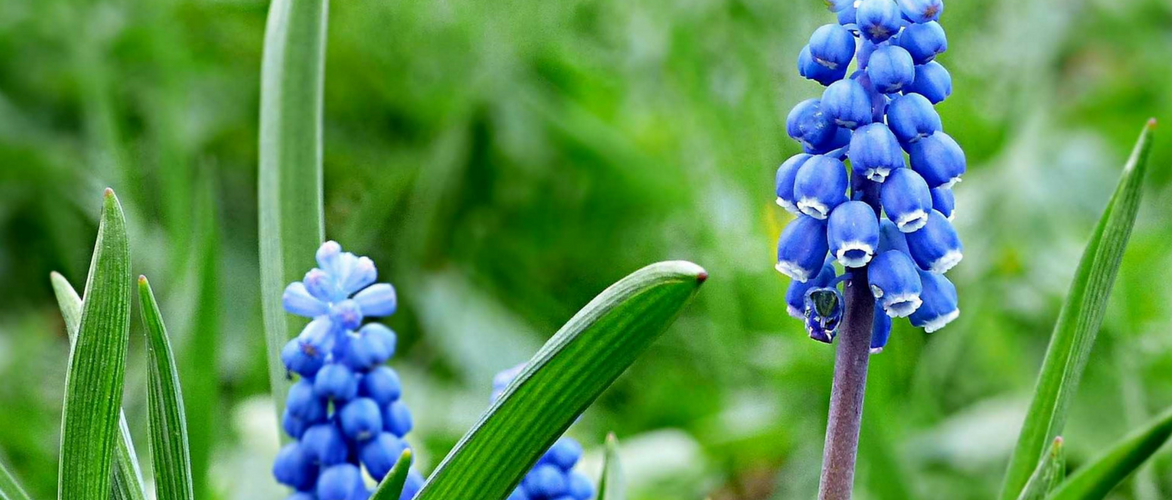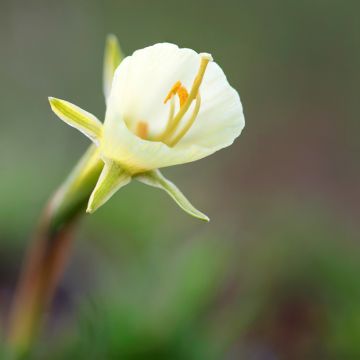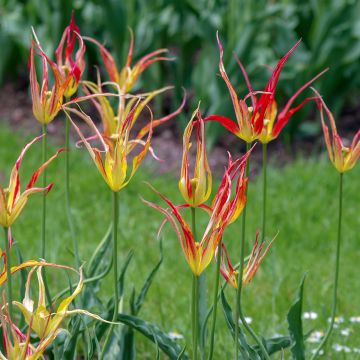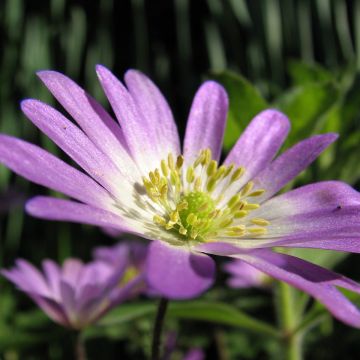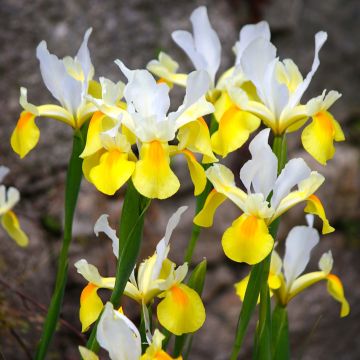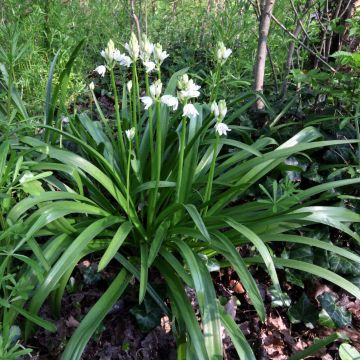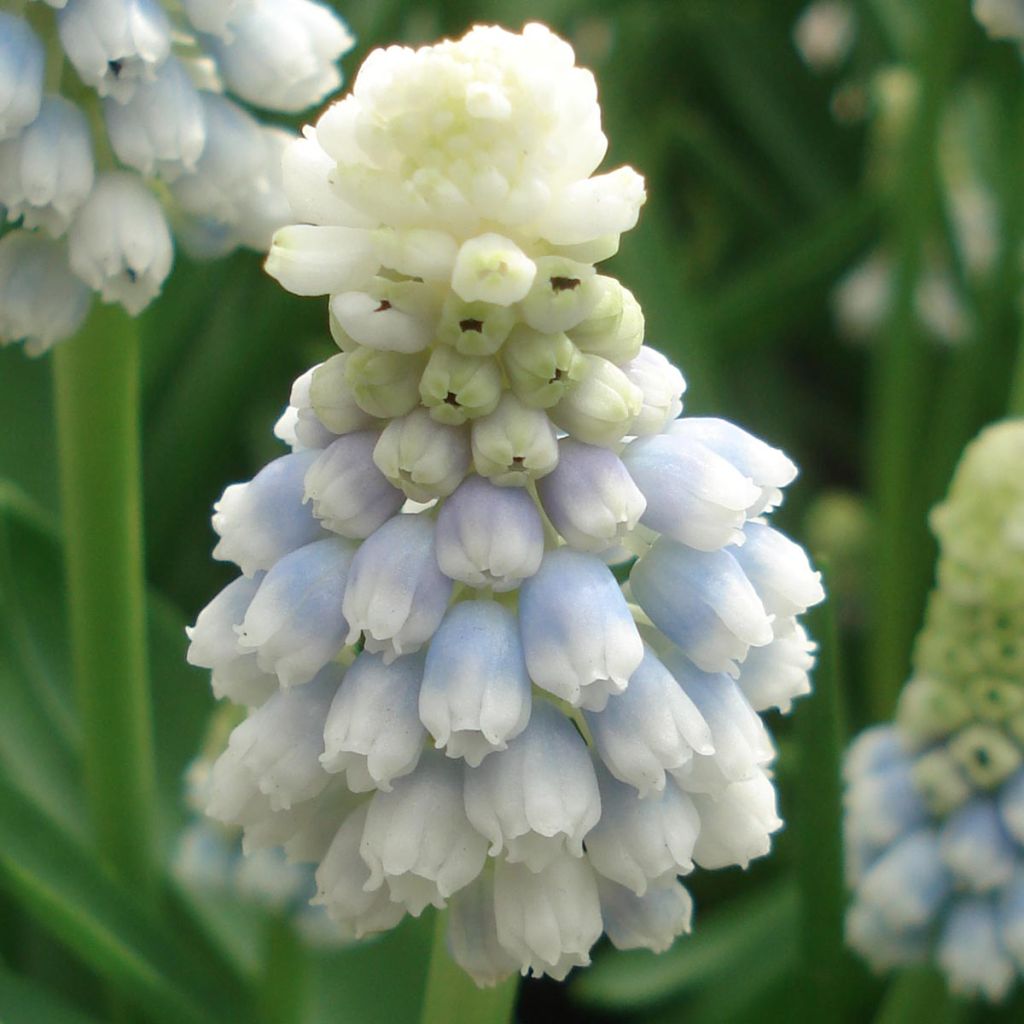

Muscari Mountain Lady
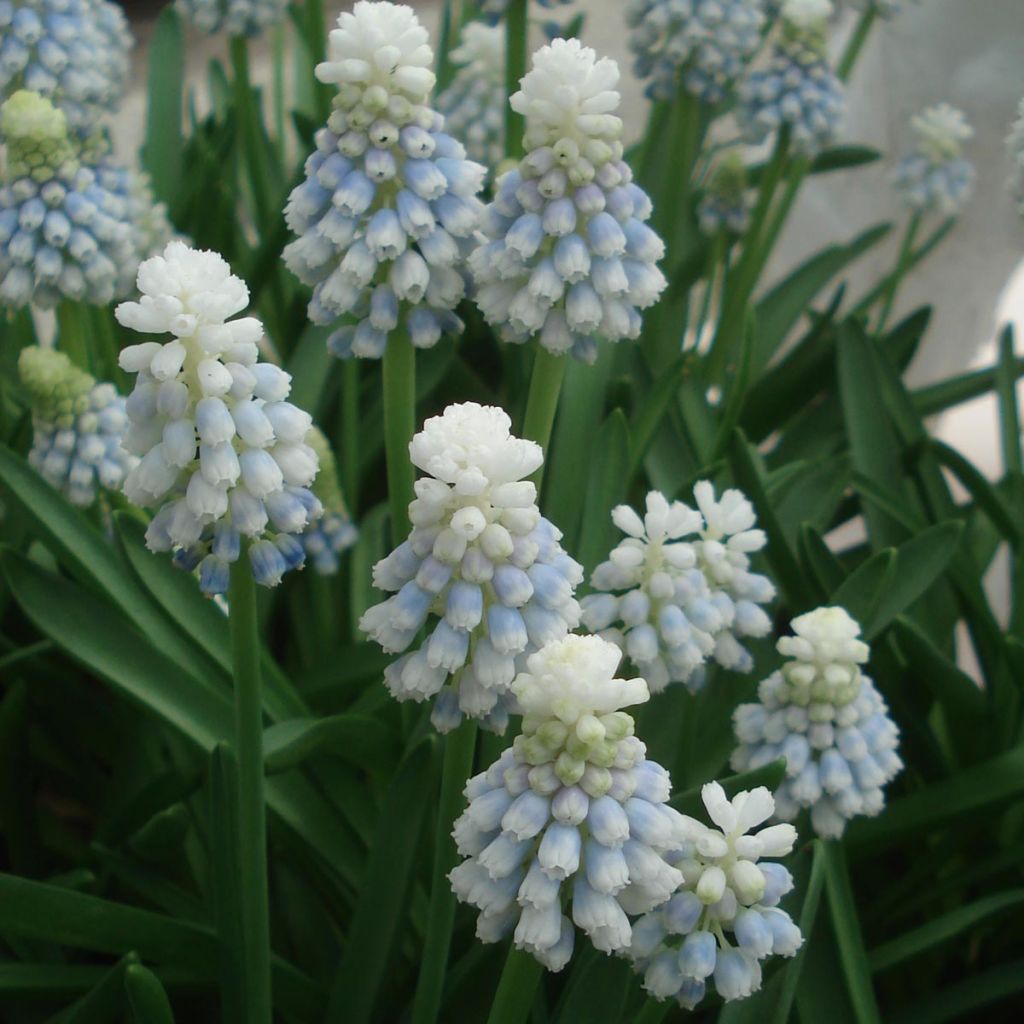

Muscari Mountain Lady
Muscari Mountain Lady - Grape Hyacinth
Muscari Mountain Lady
Grape Hyacinth
Very satisfied
Déborah E., 13/05/2018
Special offer!
Receive a €20 voucher for any order over €90 (excluding delivery costs, credit notes, and plastic-free options)!
1- Add your favorite plants to your cart.
2- Once you have reached €90, confirm your order (you can even choose the delivery date!).
3- As soon as your order is shipped, you will receive an email containing your voucher code, valid for 3 months (90 days).
Your voucher is unique and can only be used once, for any order with a minimum value of €20, excluding delivery costs.
Can be combined with other current offers, non-divisible and non-refundable.
This plant carries a 6 months recovery warranty
More information
We guarantee the quality of our plants for a full growing cycle, and will replace at our expense any plant that fails to recover under normal climatic and planting conditions.

Would this plant suit my garden?
Set up your Plantfit profile →
Description
Muscari Mountain Lady is a recent hybrid variety, not widely available in the horticultural trade, sought after in Europe and the United States. This unique little plant forms bicoloured, stout inflorescences in the shape of pyramidal clusters in spring. They bloom in a multitude of small white urns, which gradually take on pretty sky-blue to icy-blue hues at the base over time. They emerge from a clump of dark green grassy foliage. This perfectly hardy, unusual but lovely, unique variety thrives and naturalises easily in border beds, rockeries, or containers.
Muscari Mountain Lady is a small bulbous plant from the asparagus family, reaching a height of no more than 10-15cm (4-6in). It is a herbaceous plant, deciduous in summer, forming clumps of very narrow, dark green leaves. From March to April, the plant bears numerous bicoloured spikes composed of small urn-shaped flowers, 5-6cm (2in) long, with a fairly wide pyramid shape at the base and crowned with a curious little tuft of white flowers at their tips. They are unusual because they have two colours on the same inflorescence; the older flowers at the base quickly turn blue, while those towards the top remain white creating a beautiful harmony of royal blue, sky blue, very pale blue, and icy white.
Muscari mountain Lady is hardy down to -15°C (5°F) and thrives in sunny or semi-shaded positions, planted in moist and well-drained soil, in border beds, rockeries, or containers. You can combine it with spring-flowering bulbs such as botanical tulips, daffodils, or blue hyacinths (Blue Pearl, Rembrandt). Muscari is a rather discreet but versatile and very useful plant in a garden or for brightening up homes without gardens. Its great resistance to cold allows it to be used in many situations: at the edge of woodland, along a border to highlight the design of a pathway, in a rockery with heathers, or in Japanese-style gardens. It also grows very well in containers, on a windowsill or balcony.
Plant habit
Flowering
Foliage
Botanical data
Muscari
Mountain Lady
Hyacinthaceae
Grape Hyacinth
Cultivar or hybrid
Other Muscari
View all →Planting and care
Muscari Mountain Lady is hardy to -15°C (5°F) (Zone 4) and will thrive in sunny locations. Plant it as soon as possible from September to December in humus-bearing, loose and well-drained soil. Plant at a depth of 8 cm (3in) (Bulbs should be covered with about twice their height of soil). Space the bulbs 8 cm (3in) apart, or group them in clusters (avoiding bulb-to-bulb contact). Muscari tolerate partial shade but prefer a sunny exposure for better flowering. Once established, the bulbs will flower for many years if the soil is well-drained. After 2 years, you can divide the clumps and replant the bulblets from the initially planted bulbs. This will expand the covered area and promote flower vigour.
Planting period
Intended location
Care
Planting & care advice
-
, onOrder confirmed
Reply from on Promesse de fleurs
Similar products
Haven't found what you were looking for?
Hardiness is the lowest winter temperature a plant can endure without suffering serious damage or even dying. However, hardiness is affected by location (a sheltered area, such as a patio), protection (winter cover) and soil type (hardiness is improved by well-drained soil).

Photo Sharing Terms & Conditions
In order to encourage gardeners to interact and share their experiences, Promesse de fleurs offers various media enabling content to be uploaded onto its Site - in particular via the ‘Photo sharing’ module.
The User agrees to refrain from:
- Posting any content that is illegal, prejudicial, insulting, racist, inciteful to hatred, revisionist, contrary to public decency, that infringes on privacy or on the privacy rights of third parties, in particular the publicity rights of persons and goods, intellectual property rights, or the right to privacy.
- Submitting content on behalf of a third party;
- Impersonate the identity of a third party and/or publish any personal information about a third party;
In general, the User undertakes to refrain from any unethical behaviour.
All Content (in particular text, comments, files, images, photos, videos, creative works, etc.), which may be subject to property or intellectual property rights, image or other private rights, shall remain the property of the User, subject to the limited rights granted by the terms of the licence granted by Promesse de fleurs as stated below. Users are at liberty to publish or not to publish such Content on the Site, notably via the ‘Photo Sharing’ facility, and accept that this Content shall be made public and freely accessible, notably on the Internet.
Users further acknowledge, undertake to have ,and guarantee that they hold all necessary rights and permissions to publish such material on the Site, in particular with regard to the legislation in force pertaining to any privacy, property, intellectual property, image, or contractual rights, or rights of any other nature. By publishing such Content on the Site, Users acknowledge accepting full liability as publishers of the Content within the meaning of the law, and grant Promesse de fleurs, free of charge, an inclusive, worldwide licence for the said Content for the entire duration of its publication, including all reproduction, representation, up/downloading, displaying, performing, transmission, and storage rights.
Users also grant permission for their name to be linked to the Content and accept that this link may not always be made available.
By engaging in posting material, Users consent to their Content becoming automatically accessible on the Internet, in particular on other sites and/or blogs and/or web pages of the Promesse de fleurs site, including in particular social pages and the Promesse de fleurs catalogue.
Users may secure the removal of entrusted content free of charge by issuing a simple request via our contact form.
The flowering period indicated on our website applies to countries and regions located in USDA zone 8 (France, the United Kingdom, Ireland, the Netherlands, etc.)
It will vary according to where you live:
- In zones 9 to 10 (Italy, Spain, Greece, etc.), flowering will occur about 2 to 4 weeks earlier.
- In zones 6 to 7 (Germany, Poland, Slovenia, and lower mountainous regions), flowering will be delayed by 2 to 3 weeks.
- In zone 5 (Central Europe, Scandinavia), blooming will be delayed by 3 to 5 weeks.
In temperate climates, pruning of spring-flowering shrubs (forsythia, spireas, etc.) should be done just after flowering.
Pruning of summer-flowering shrubs (Indian Lilac, Perovskia, etc.) can be done in winter or spring.
In cold regions as well as with frost-sensitive plants, avoid pruning too early when severe frosts may still occur.
The planting period indicated on our website applies to countries and regions located in USDA zone 8 (France, United Kingdom, Ireland, Netherlands).
It will vary according to where you live:
- In Mediterranean zones (Marseille, Madrid, Milan, etc.), autumn and winter are the best planting periods.
- In continental zones (Strasbourg, Munich, Vienna, etc.), delay planting by 2 to 3 weeks in spring and bring it forward by 2 to 4 weeks in autumn.
- In mountainous regions (the Alps, Pyrenees, Carpathians, etc.), it is best to plant in late spring (May-June) or late summer (August-September).
The harvesting period indicated on our website applies to countries and regions in USDA zone 8 (France, England, Ireland, the Netherlands).
In colder areas (Scandinavia, Poland, Austria...) fruit and vegetable harvests are likely to be delayed by 3-4 weeks.
In warmer areas (Italy, Spain, Greece, etc.), harvesting will probably take place earlier, depending on weather conditions.
The sowing periods indicated on our website apply to countries and regions within USDA Zone 8 (France, UK, Ireland, Netherlands).
In colder areas (Scandinavia, Poland, Austria...), delay any outdoor sowing by 3-4 weeks, or sow under glass.
In warmer climes (Italy, Spain, Greece, etc.), bring outdoor sowing forward by a few weeks.






























